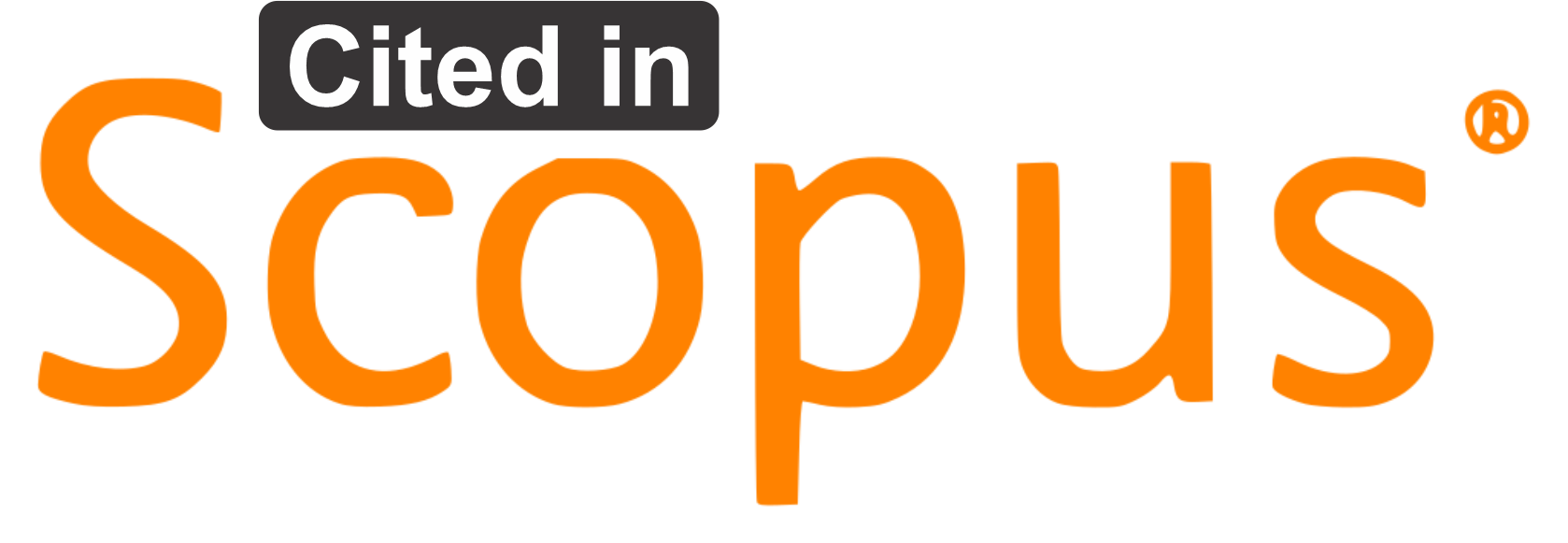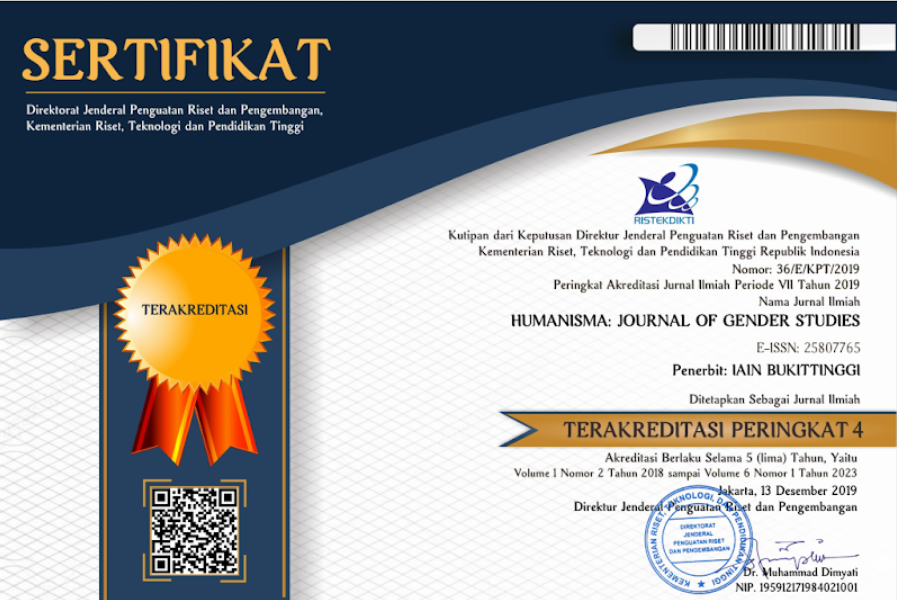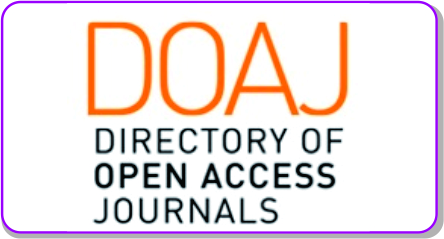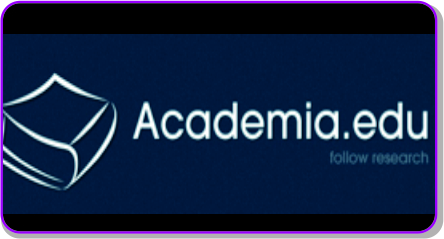SEKSUALITAS DALAM ALQURAN (tinjauan Deskriptif Analitis Ayat-ayat Alquran)
DOI:
https://doi.org/10.30983/jh.v1i1.256Abstract
Alquran is the last Holy Book which is sent down by Allah as the Guide Book for whole human-being. It concludes any aspects. Not only for Moslems, Alquran actually also aimed for any creatures in the universe. This is the actual meaning of rahmatan lil ‘âlamiyn (Islam comes as the mercy for all). To prove it, deep researches and develop observations are needed. Especially, it has to be done in Alquran as a main source of Islam. On of the aspect that has explained in Alquran is sexuality. Sexuality in this paper means anything related to sex such as human lust, genitals, and sexual contacts. In Alquran, terms of sexuality are mentioned in many verses in different surahs. This paper purposed to explain the Alquran verses of sexuality. The methodology that applied in this paper is library research with descriptive-analityc approach. Furthermore, this paper was explained by combining alquran exegesis explanation methods; Mawdhû’iy (Thematic) and Comparative (Muqâran). Alquran adalah Kitab suci terakhir yang diturunkan Allah untuk menjadi buku petunjuk bagi seluruh umat manusia dalam segala hal. Tidak hanya bagi umat Islam, Alquran sejatinya ditujukan bagi seluruh alam. Itulah yang dimaksud dengan Islam rahmatan lil ‘âlamiyn (Islam adalah berkah bagi seluruh alam). Untuk membuktikannya, diperlukan penelitian mendalam dan berkembang terhadap seluruh sumber-sumber keIslaman khususnya Alquran sebagai sumber utama. Salah satu aspek yang terpaparkan dalam Alquran adalah seksualitas. Seksualitas yang dimaksud adalah segala hal yang berhubungan tentang kelamin seperti nafsu seks, kelamin,hingga kontak kelamin. Di dalam Alquran, term-term terkait seksusalitas tersebut dijelaskan pada banyak ayat di surat-surat berbeda. Tulisan ini bertujuan untuk menjelaskan tentang ayat-ayat tersebut dengan menggunakan pendekatan deskriptif analitis. Tulisan ini juga bersifat penelitian pustaka dengan menggunakan metode penyajian tafsir Alquran kombinasi antara Tematik dan Komparatif.References
Al-Qur’an.
Akbar, Ali, Seksualitas Ditinjau dari Hukum Islam, (1986), Ghalia Indonesia: Jakarta.
Ashfahâniy, al-Râghib al-, (2004), Mu’jam Mufradat Alfaz Alquran, Beirut: Dar al-Kutub al-Ilmiyah.
Baqi, Muhammad Fuad Abdul, Mu’jam Mufahras li Alfazhi Alquran al-Karim, (2001), Beirut Lebanon: Dar al-Fikri al-Qaherah.
Ed., Kamus Besar Bahasa Indonesia (KBBI) (Kamus versi online dalam jaringan), diakses pada hari Jumat, tanggal 5 Mei 2017.
Ed., Oxford Coincise English Dictionary entry “sexâ€, Oxford University Press Software, 1993.
Sarwono, Sarlito Wirawan dan Ami Syamsidar, Peranan Orang Tua dalam Pendidikan Seks, (1986), Rajawali: Jakarta.
Sentosa, Untung dan Aam Amiruddin, Cinta dan Seks Rumah Tangga Muslim, (2006), Bandung: Khasanah Intelektual.
Shihab, M. Quraish, Tafsir al-Misbah: Pesan, Kesan dan Keserasian Alquran, Vol. 2, (2002), Jakarta: Lentera Hati.
Zamakhsyariy, Abu al-Qasim Mahmud bin Umar al-, (1998) Tafsir al-Kasyaf ‘an Haqaiq Ghawamidh al-Tanzil wa ‘Uyuni al-Aqawil fi Wujuhi al-Ta’wil, Riyadh: Maktabah al-‘Abikan.
Zayn, Muhammad Bassam Rusydi, al-Mu’jam al-Mufahras li Ma’ani Alquran, (1995), Damaskus: Dar al-Fikr.
Downloads
Submitted
Accepted
Published
Issue
Section
License
Authors who publish with this journal agree to the following terms:
- Authors retain copyright and grant the journal right of first publication with the work simultaneously licensed under a Creative Commons Attribution-ShareAlike 4.0. that allows others to share the work with an acknowledgment of the work's authorship and initial publication in this journal.
- Authors are able to enter into separate, additional contractual arrangements for the non-exclusive distribution of the journal's published version of the work (e.g., post it to an institutional repository or publish it in a book), with an acknowledgment of its initial publication in this journal.
- Authors are permitted and encouraged to post their work online (e.g., in institutional repositories or on their website) prior to and during the submission process, as it can lead to productive exchanges, as well as earlier and greater citation of published work (See The Effect of Open Access).



















